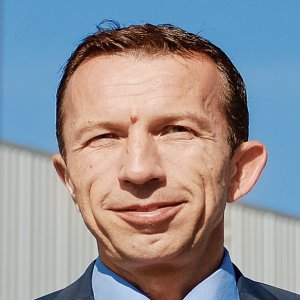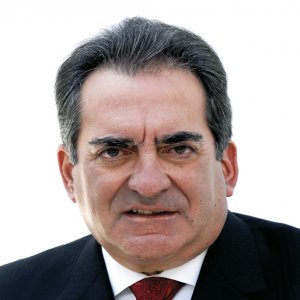Dollar-Peso Exchange Rate Impact on Prices Moderate

Q: As many auto components and vehicles are priced in US dollars, what is being done to minimize the exchangerate impact on consumers?
A: Banco de México’s mandate is to preserve the purchasing power of the Mexican peso. Our actions target low and stable levels of inflation. Although our currency experienced a sharp depreciation in 2015 and 2016, the corresponding impact on prices in general has been moderate and Mexico’s inflation rate remains below 3 percent. While economic and financial conditions abroad have deteriorated, leading to a further depreciation of emerging market currencies including the Mexican peso, Banco de México has taken prompt action whenever necessary, such as the decision to increase the Bank’s target rate by 50 basis points in June 2016.
Nevertheless, car prices have increased only moderately and not directly in line with the peso’s depreciation. In fact, domestic car sales have been growing significantly in Mexico for the last 18 months, as have auto loans granted by commercial banks and other financial intermediaries. These developments have taken place while interest rates remain historically low and delinquency rates have shown a steady decrease. Mexico is an open market economy so OEMs and market sellers set their prices as they see fit.
Q: How has the financing sector evolved to meet demand for automotive loans?
A: The financial industry has undergone gradual yet profound regulatory changes in the past decade, with the objective of making lending more flexible, increasing competition and expanding credit provisions to the private sector. One change was the creation of the Financial Society with Multiple Aims (SOFOM) in 2006, which was originally designed as a financial intermediary that could issue loans and offer financial leasing and factoring services without the stricter regulations faced by banks.
Unlike banks, SOFOMs were not allowed to operate as deposit-taking institutions. Different laws affecting their operations were subsequently passed and the SOFOM sector has grown significantly in the past 10 years. Today, some of these institutions compete with banks in the auto loan segment by offering specialized financial services catering to auto consumers. The financial reform passed in 2014 had the objective of increasing competition in the financial industry by improving the legal and institutional framework, particularly in the area of collateral repossession. This should lead to lower financing costs for consumers and businesses. Auto lending in general has grown steadily. Several financial intermediaries have partnered with individual auto makers, which should help financial institutions better understand the needs of individuals, especially those loyal to a specific brand.
*All the opinions are the responsibility of the author, and do not necessarily reflect the views of Banco de México.






















